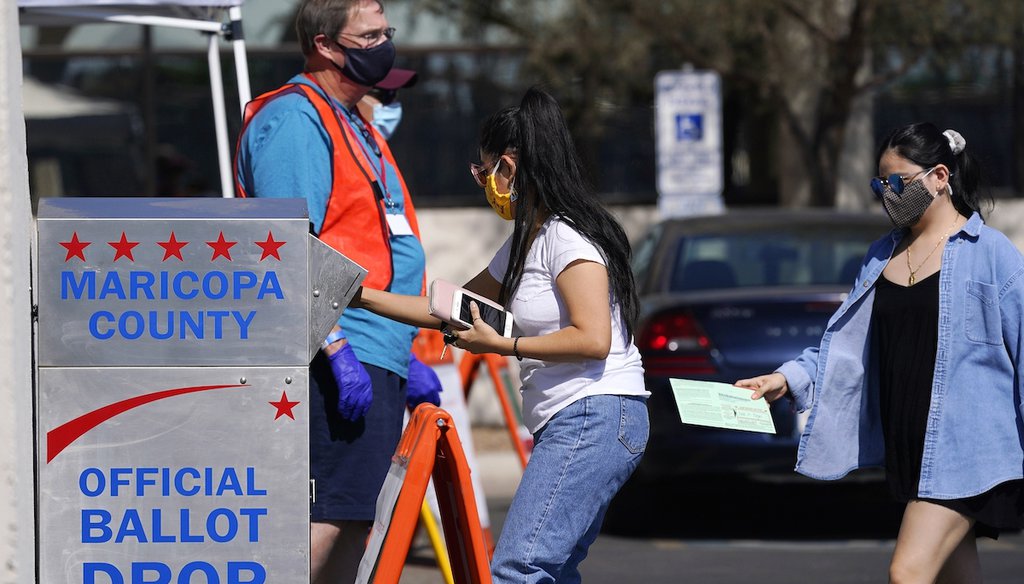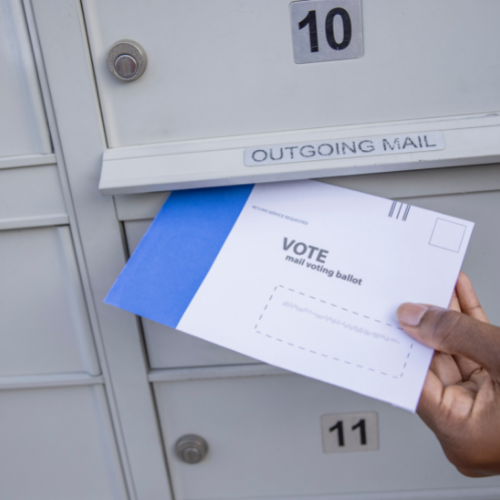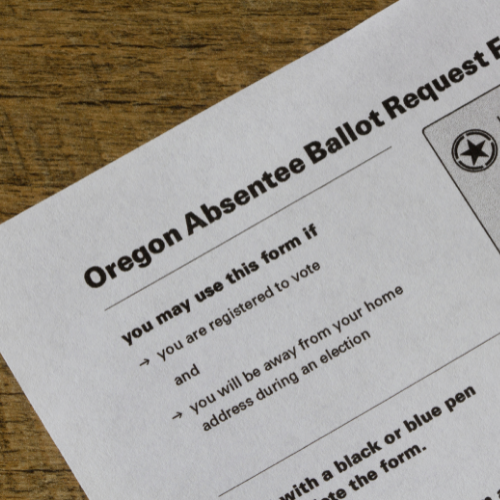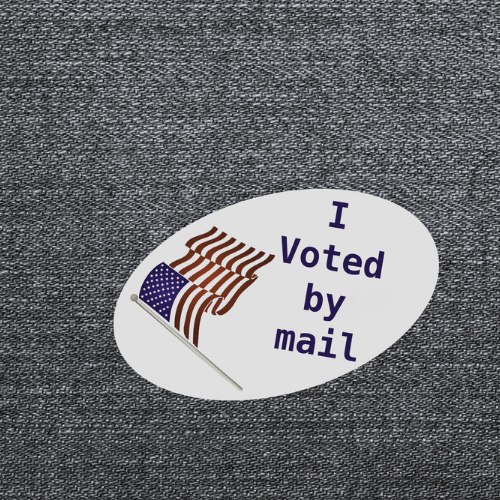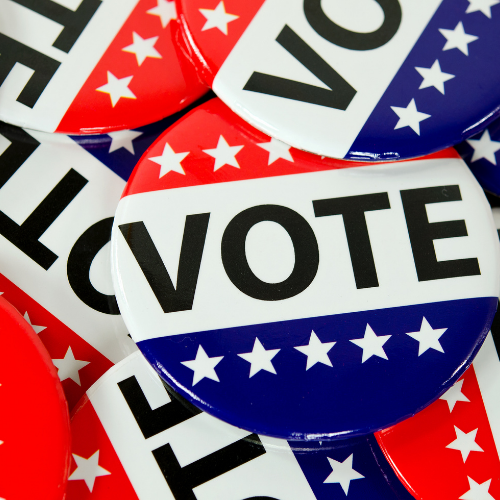Today, President Trump pivoted his misinformation campaign around vote-at-home options by claiming that election officials and poll workers — those who count ballots after they are cast — will be the cause for a miscount during the general election. In doing so, he removed potential blame he had previously placed on the United States Postal Service.
Without evidence, the President stated that, “The problem is when they dump all these [ballots] in front of a few people who are counting them, and they’re going to count them wrong. The post office is not to blame.”
In regard to his claims, the National Vote At Home Institute released the following statement:
“Election workers are some of the most dutiful people in our country. Election administrators take an oath before assuming their office and are committed to making our patchwork election system work in communities across the nation. They do this work alongside poll workers of all different backgrounds — our neighbors and friends — who come together to carry out one of our most sacred democratic traditions. In order to do so, they commit their mornings, nights, and weekends to ensure that ballots cast are ballots counted. The fact that they have now come under attack is completely unacceptable, and Americans cannot let them become victims of a misinformation campaign. In fact, we urge Americans to join their neighbors in becoming poll workers and to invest themselves in the process of making every vote count. Without election workers, our election system would be impossible to administer, and they deserve the utmost respect and support.”

